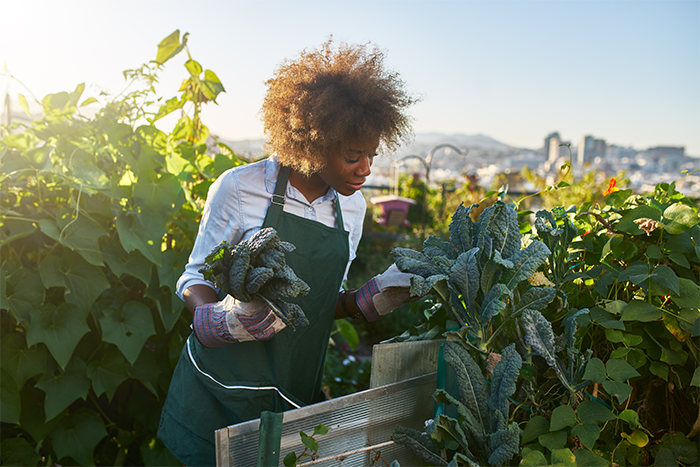With some feeling a pinch from rising food costs, we’re always on the lookout for ways to help ease the strain. One of those ways is by sourcing your ingredients locally. We know what you’re thinking:How do I source local food? Isn’t it more expensive to buy local? These days, you’d be surprised. Plus, there are a ton of perks that come with offering local goods. Check them out along with some tips on how to do it best.
First, the many benefits.
- Knowing where their food is coming from is a big win for diners, especially these days. If you have to up menu prices a little (which you may have to do anyway with food costs on the rise) they may be a little more understanding (and actually happy to do it) if you’re supporting local.
- Local sourcing lets your chefs get creative with new dishes in the kitchen. If you’re purchasing products based on what’s seasonal in the market or what your local farmer has a lot of, you’ll need to change up the menu from time to time, thus paving the way for new (or revised) menu items.
- You’re supporting local farmers and suppliers, which is always a good thing (and it doesn’t hurt that customers love it too).
And now 4 tips on how you can do it easily.
1. Keep an eye on the goods.
Certain trends, poor weather, or even world events can impact the availability and price of certain food items. Try to stay up to date on the issues affecting the items you offer in your business so you can adjust accordingly.
2. Trust the data.
Along with the trends, it’s a good idea to take a look at the data from years past. What are the prices of the ingredients you use from year to year? If some of those items have done nothing but rise, you may want to consider swapping them out for a more cost-effective alternative or only offer that ingredient in certain specials.
3. Keep friends close and suppliers closer.
We all know about the supply chain challenges that have come up over the last couple of years, but there are things you can do to help alleviate at least some of those woes. If you have a good relationship with your suppliers, they may be more willing to give you a heads-up if certain item costs are on the rise. They may also offer helpful solutions or the inside scoop on what to replace when the going gets a little rough.
4. Change your menu accordingly.
Luckily, Skip makes this one easy for Partners in the Portal. At the touch of a button, you can quickly change menu items and adjust prices, without needing any help from the Skip team. It’s also a good idea to add that you’re supporting local to your menu or even into the item descriptions themselves. As we mentioned, customers love local.
Looks like local pays. As a business owner, it’s a great way to be a little more eco-friendly, while offering more of what customers are hungry for these days. Cheers to that.





